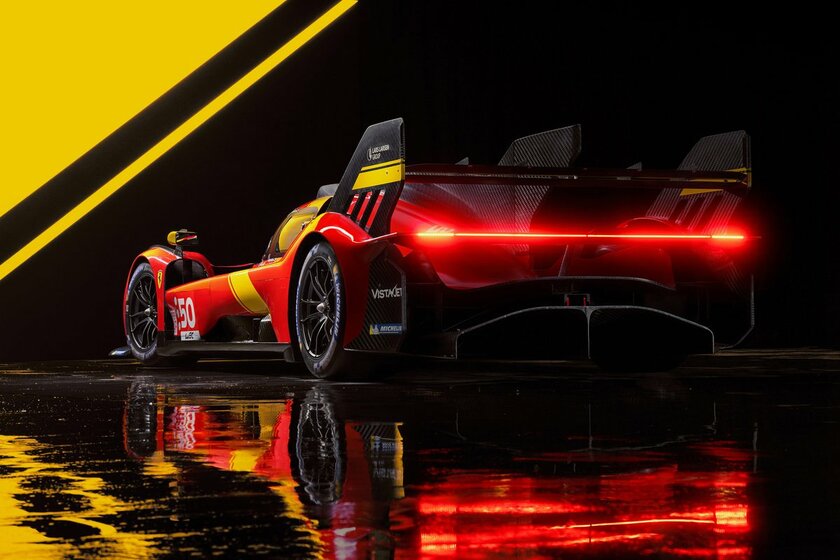For 50 years (since 1970), the legendary Italian company Ferrari did not produce cars to participate in the Le Mans endurance race, which is a 24-hour race. The last car of the brand to take part in this competition was the 312 P model, which this year they decided to replace with something more modern in order to try their hand at the world-famous race again. For this, a hypercar called the Ferrari 499P was developed and tested in great detail – it fully complies with the Le Mans Hypercar regulations and should go to the race track as early as 2023.
In order not to fall into the mud after 50 years of absence from the Le Mans track, the specialists of the Italian company decided to test the car for strength – for this, it was sent to the racing track, where the hypercar drove a total of 12 thousand kilometers. Now the manufacturer plans to obtain all permits and certificates so that by the end of the year the novelty will be completely ready for competition next year with a new team and, possibly, new trophies. For this, Ferrari engineers had to work hard, because in the end they did not get a classic hypercar, but its hybrid version with many features.

For example, an electric motor is installed on the front axle of the vehicle, which works in conjunction with an internal combustion engine located literally in the center of the hypercar body. The resulting internal combustion engine delivers 680 horsepower, the classic twin-turbo V6 that gave the car its name. The fact is that 499 is the volume of one engine cylinder in cubic centimeters, and the letter “P” in the title indicates that at the moment we are talking about a prototype. And, of course, the creators of the hypercar came up with an extremely entertaining implementation of all-wheel drive – the internal combustion engine drives the rear wheels, and the electric power plant drives the front ones.

An electric motor with a capacity of 272 horsepower boasts a charging system from Formula 1 cars – the battery is charged at the time of braking of the hypercar due to the kinetic energy recovery system. The body, of course, is also worked out to the smallest detail – the manufacturer uses a durable carbon monocoque, body panels are made entirely of carbon fiber to reduce the weight of the vehicle, and air intakes and an impressive rear wing are used to improve downforce. If the tests and certification of the car are successful, in March 2023 the novelty will go to the race in Sebring, where it will cover 1,600 kilometers in one approach, and then the team will have to prove itself at the FIA WEC World Endurance Championship.
Source: Trash Box
With 6 years of experience, I bring to the table captivating and informative writing in the world news category. My expertise covers a range of industries, including tourism, technology, forex and stocks. From brief social media posts to in-depth articles, I am dedicated to creating compelling content for various platforms.







